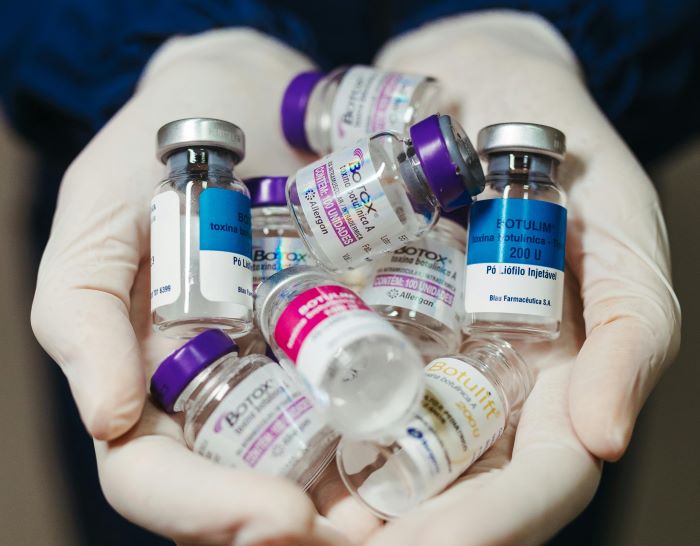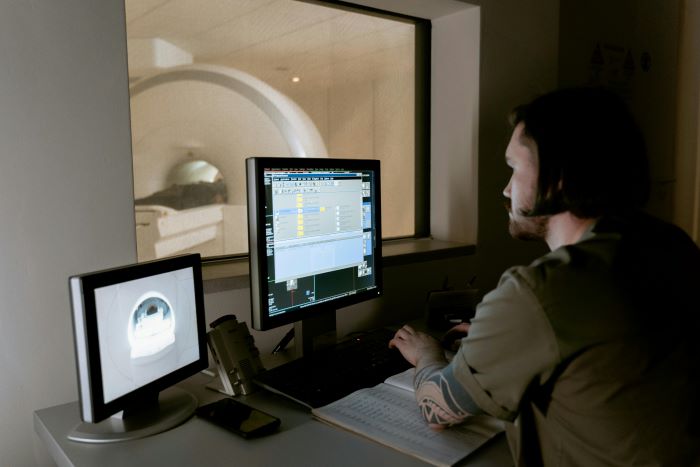The difference between CRO and CMO is that, whereas Contract Research Organisations provide research and development services throughout a clinical trial, Contract Manufacturing Organisations take the pre-formulated drug (which may have been developed by a CRO) and manufacture it on a larger scale. you can read about the differences in more detail in our blog titled CRO vs. CMO: What's the Difference and Why Does it Matter?


We’re Sector Experts In Contract Research Organisation (CRO)
At Hyper Recruitment Solutions, we specialize in recruiting skilled professionals for Contract Research Organizations (CROs), a vital part of the pharmaceutical, biotech, and medical device industries. CROs provide essential services, including clinical trial management, data analysis, regulatory support, and drug development, helping sponsors bring new treatments to market efficiently.
Our recruitment team understands the complex needs of CROs, including regulatory compliance, tight timelines, and the specialized expertise required at every phase of the clinical trial process. We work closely with CROs to find top talent in areas such as clinical operations, data management, biostatistics, regulatory affairs, and project management.
Whether you're looking to expand your team or advance your career in the CRO sector, we can help you find the right opportunities or candidates. We prioritize building strong, long-term relationships with both companies and professionals to ensure the right fit and lasting success in this critical industry.



Latest Jobs in Contract Research Organisation (CRO)
Your next opportunity is just a click away!










Title of Sub-sector


Hear from Our Success Stories
At Hyper Recruitment Solutions, our clients and candidates are our best advocates. Explore their stories and discover how our expertise and dedication have made a difference in their careers and businesses. From seamless job placements to strategic hiring solutions, our testimonials showcase the impact of our award-winning services. See why so many trust us to support their journey and drive success.

Frequently Asked Questions
Explore our Frequently Asked Questions to find answers to common inquiries.
A contract research organisation (CRO) provides research services – such as assay development or drug discovery – on a contractual basis. Pharmaceutical and biotechnology companies may outsource work to a CRO in order to reduce costs and complete tasks that they wouldn’t be able to do ‘in house’.
Whereas a pharmaceutical company is usually focused on innovation, working for a CRO means doing the work that your clients ask of you. A contract research organisation tends to make for a faster-paced and potentially more stressful working environment, but this is usually reflected in the salaries – you may be able to earn more working for a CRO than at a similar level in a pharma company.
Working for a CRO is great if you want to take on a wide variety of different projects, whereas a pharmaceutical company job will generally give you more opportunities to specialise in a particular area of interest.











